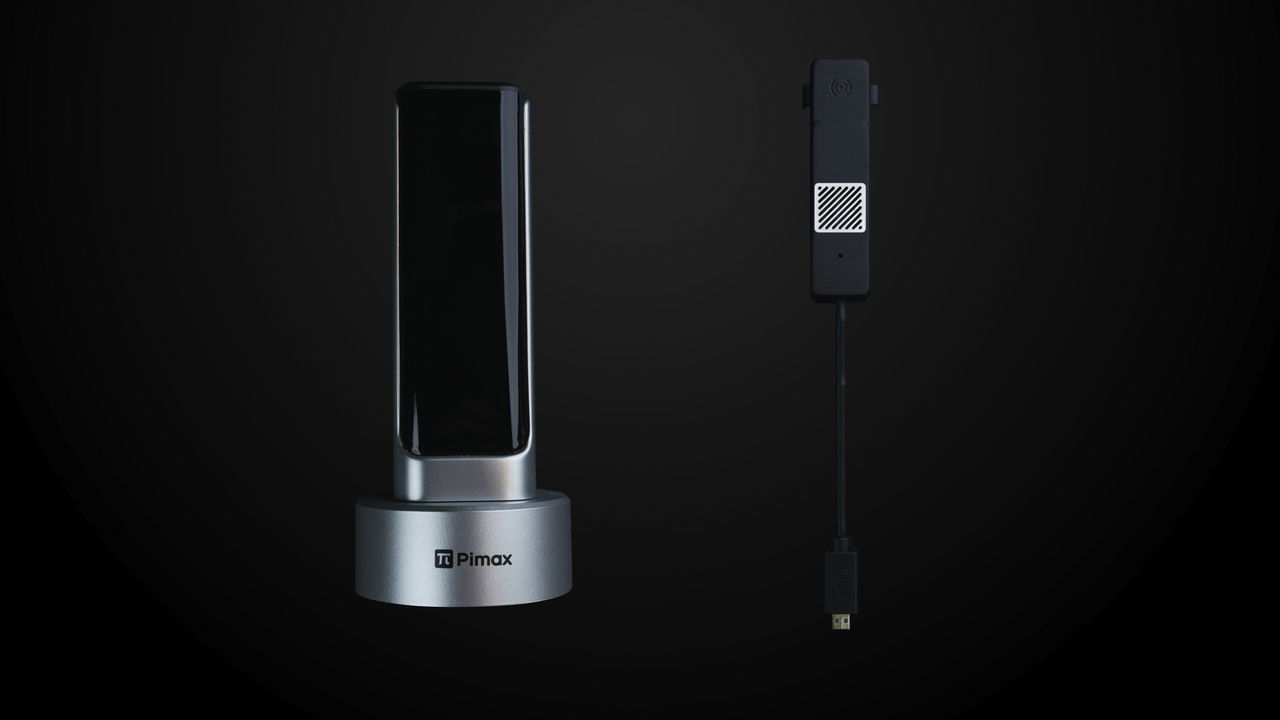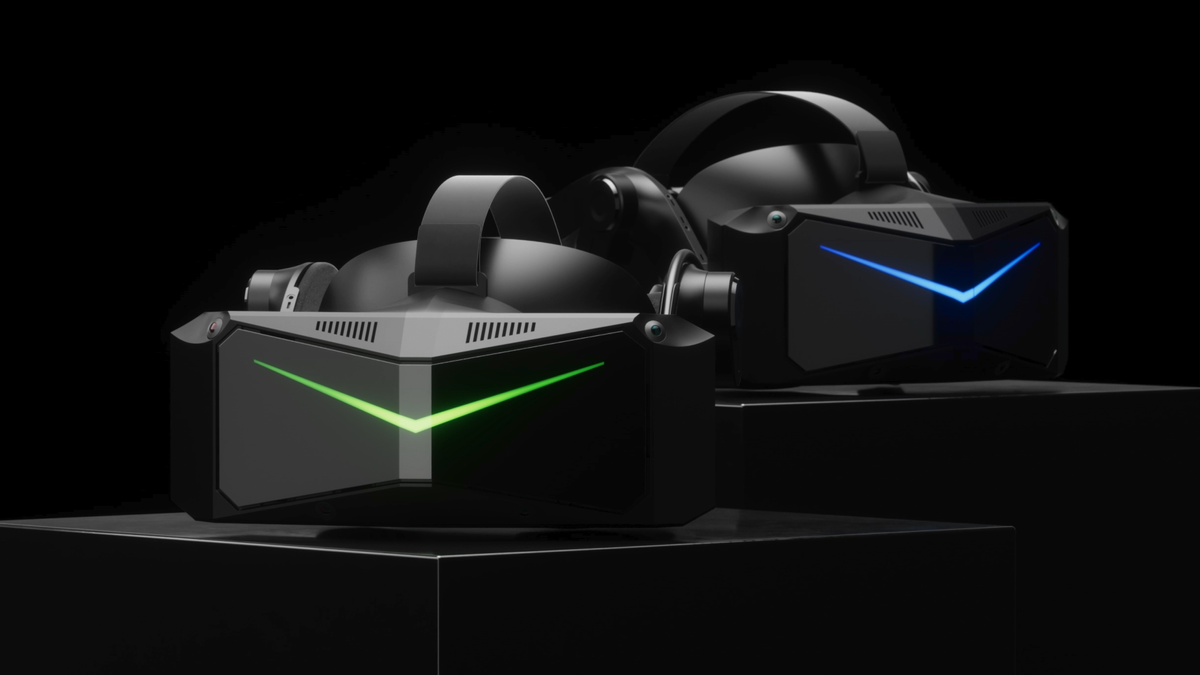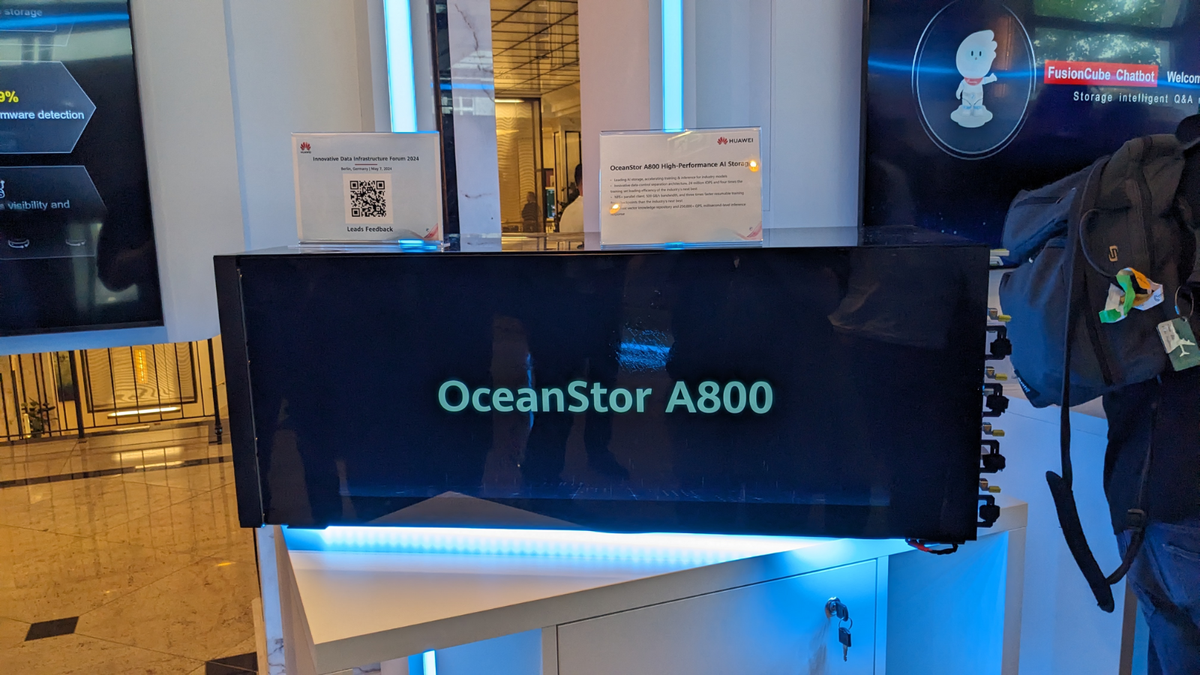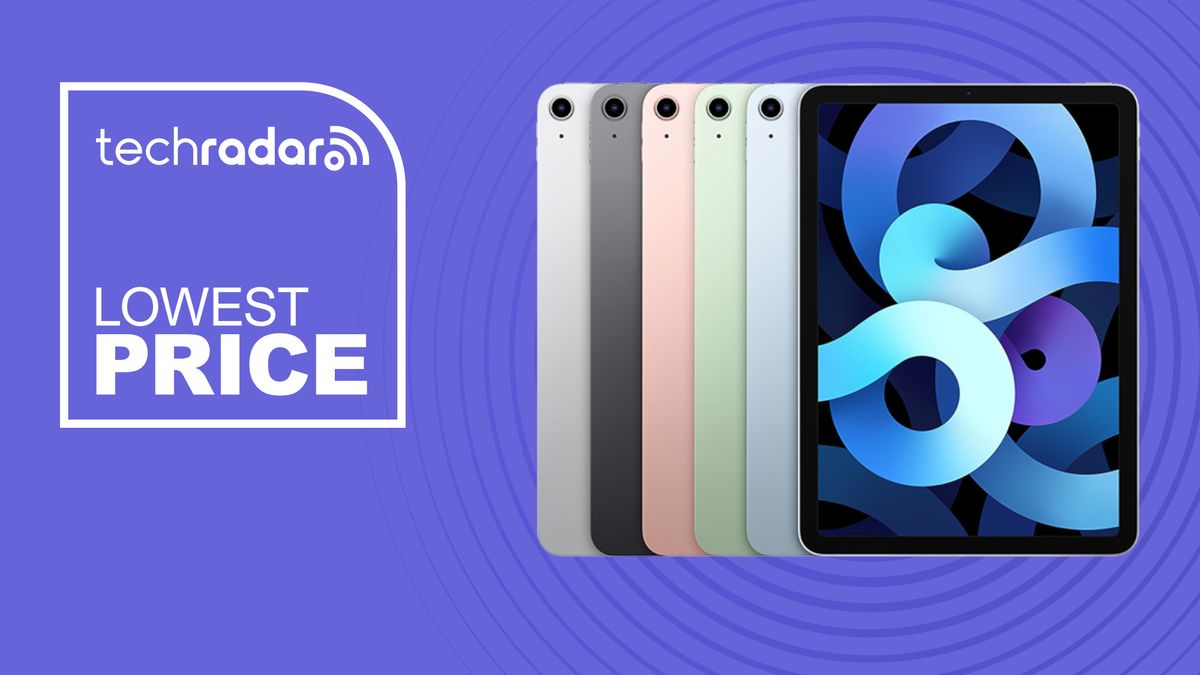Pimax has introduced two new VR headsets with the top-of-the-line Pimax Crystal Super seemingly set to put the best VR headsets to shame, even the Apple Vision Pro, with some phenomenal specs. It also has one of the most unique display features we've ever seen: you can switch between an OLED and QLED display engine to get the most out of your virtual experience.
Are you playing a terrifying horror adventure that makes you explore dark spaces full of monsters? Then the excellent dark contrast of an OLED display will be just what you need. If, instead, you relax with a vibrant social VR app, you can switch to the QLED display to be dazzled by the colors it can produce.
No matter which type of display you choose, the Pimax Crystal Super will offer 29.5 million pixels on its dual 3840 x 3840 pixels per eye displays, each with 200 nits of brightness. The QLED display system has a maximum refresh rate of 120Hz and uses glass aspherical lenses, while the OLED has a maximum refresh rate of 90Hz and uses less bulky pancake lenses.
You'll also find cool features like eye tracking, dynamic foveated rendering, and inside-out tracking, so there's no need for headlights.
As expected, this interchangeable screen design doesn't come cheap. If you want a Pimax Crystal Super with OLED and QLED display engines, you'll pay $2,399 (around £1,925 / AU$3,700) for the headphones. Alternatively, if you'd rather get just one type of screen, the QLED model will set you back $1,799 (around £1,450 / AU$2,800), while the OLED version costs $1,999 (around £1,600 / AU$3,100).
A precise release date has not yet been given, but Pimax estimates that Crystal super will launch in the fourth quarter of 2024 (i.e. October, November or December).
If all of this is still too much to pay for a VR headset (especially one that requires you to have a similarly high-end PC gaming rig so you can take full advantage of your headset's capabilities) or if you want a headset that arrives earlier, you could opt for Crystal Light.
The Crystal Light features less sharp displays, with just 2880 x 2880 pixels per eye, although its QLED display can reach up to 120Hz. However, it uses aspherical lenses, so it will be bulkier than headphones that use pancake lenses. , and lacks eye tracking and dynamic foveated rendering capabilities.
The upshot is that it's much cheaper starting at just $699 (around £550/AU$1,100) and should launch in May according to Pimax.
As impressive as this news about Pimax headsets seems, I'm disappointed that they're stuck in the PCVR ecosystem and aren't at least embracing Pimax's own wireless technology.
Analysis: several steps forward, several steps back
A big problem with PCVR headsets is the cables that tether you to a PC (or a console in the case of PSVR 2) that limit your movement and that you can catch yourself on while you flail around in virtual reality.
However, as we've seen from the Pimax headset displays, the advantage of PCVR is that you can enjoy a super high level of graphics and performance that outshines standalone devices, such as the Meta Quest 3 and even the Apple Vision Pro (always that you have a great PC, that is).
This is where a wireless module like the Pimax Crystal 60G Airlink device can come in, as they allow you to enjoy PCVR without being tethered. We know this device has been around for a while (it was already demonstrated at CES 2024), but we finally know exactly what the Crystal 60G can do with official specs straight from Pimax.
Specifically, it features wireless PCVR with a resolution of 2,880 x 2,880 pixels per eye, 90Hz maximum refresh rate, and “ultra-low latency,” although exactly what this means has not been revealed.

Unfortunately, none of Pimax's new headphones (Crystal Super or Crystal Light) will support the 60G Airlink module.
What's more, they removed the batteries and Qualcomm Snapdragon
To this end, you may find that the basic Crystal model is the best option for you, or a non-Pimax model such as the Quest 3 or Apple Vision Pro, thanks to the versatility that standalone headphones offer. Not only will you have more freedom to use the headset wherever you want, but with the exception of the Vision Pro, you can very easily use this headset for wireless VR and wired PCVR, giving you the best of both worlds.
This versatility is one of the reasons the Quest headset has been topping Steam VR usage charts for years.
Considering how impressive Pimax's machines are, I'd love to see them continue moving into the world of standalone VR. Improving their software catalog or partnering with a company with a great VR OS to power their app store (ideally the amazing Quest ecosystem, although there are others like HTC) would have been great too.
I'll have to test out the latest Pimax headsets for myself before giving my final verdict, but as things stand, I don't think these are VR devices most people can use, nor do I think most people will. should use them. Which is a real shame because otherwise I think Pimax's machines could be a flop against expensive competitors like the Vision Pro; For now, though, I feel like Apple, a relative newcomer, has Pimax's Crystal Super Beat, on paper.








